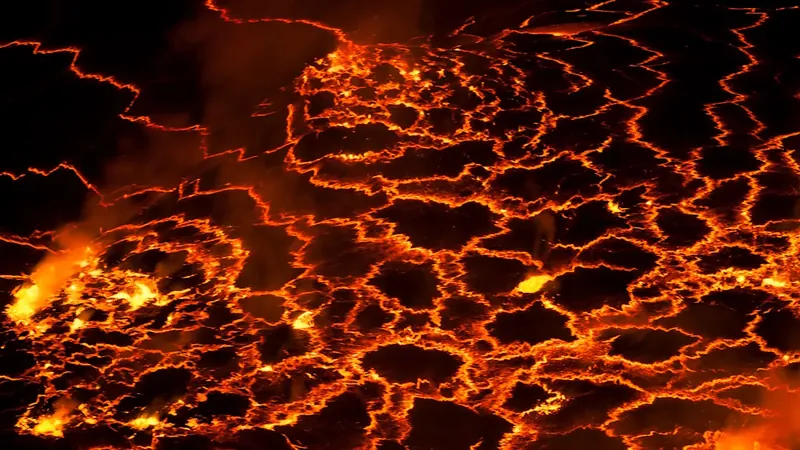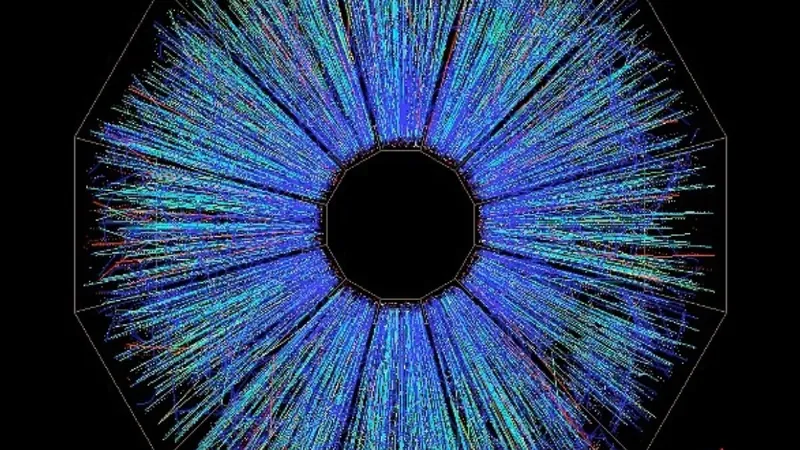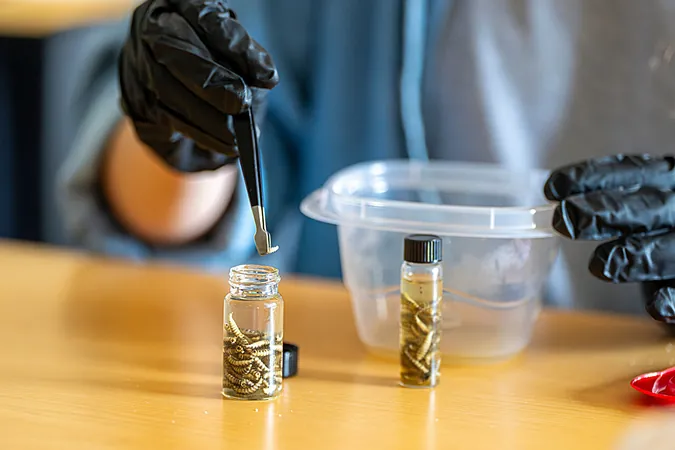
Unearthing the Secrets of Ancient Supercontinent Volcanism
2025-09-03
Author: Siti
From Lowly Rock to Geological Treasure
What seems like an ordinary rock can be a fascinating window into Earth's tumultuous past. Geologists have made remarkable discoveries in some 800 million-year-old volcanic rocks known as carbonatites, found buried in central Australia. These unassuming formations are revealing an extraordinary story about the violent breakup of the ancient supercontinent Rodinia.
The Breaking Apart of Rodinia
Core samples and isotope dating have unveiled that these carbonatites were formed close to the Earth's surface about 830 to 820 million years ago, as Rodinia was disintegrating. This massive supercontinent, which held nearly all of Earth's landmasses for around 450 million years during the Proterozoic Eon, predated even the well-known Pangaea by over a billion years.
Magma’s Journey to the Surface
During Rodinia's tectonic upheaval roughly one billion years ago, magma surged from the shifting mantle. As this molten rock cooled and crystallized, it formed these rare carbonatites. According to geochemist Maximilian Dröllner from the University of Göttingen, these tectonic conditions opened pathways that allowed metal-rich melts to rise, linking the deep Earth to the crust.
The Rarity of Carbonatites
While igneous rocks are commonly found around the globe, carbonatites are a rare breed. They are renowned for hosting significant deposits of critical metals like niobium and rare earth elements, but their formation has long puzzled scientists due to their complex geological history.
Unlocking Geological Mysteries
To decipher the story of these ancient rocks, the research team employed high-resolution imaging to reconstruct over 500 million years of geological changes. Their analyses pinpointed the formation of the carbonatites to the dramatic period of 830 to 820 million years ago, distinguishing the subtle transitions from the monumental events that accompanied Rodinia's disassembly.
A Treasure Trove of Niobium
Among their discoveries, researchers identified one of the world's oldest niobium deposits within these carbonatites. Niobium, a silvery metal known for its exceptional resistance to heat and corrosion, is crucial for manufacturing high-strength steel and advancing clean energy technologies.
Significance for Our Future
Dröllner emphasized that this unique carbonatite deposit could have significant implications for modern industries. With vital concentrations of niobium, these rocks hold promise for constructing lighter, stronger materials for aircraft, pipelines, and electric vehicles, and even play a role in next-generation batteries and superconductors. Though these formations are billions of years old, they could help safeguard our planet's future for generations to come.


 Brasil (PT)
Brasil (PT)
 Canada (EN)
Canada (EN)
 Chile (ES)
Chile (ES)
 Česko (CS)
Česko (CS)
 대한민국 (KO)
대한민국 (KO)
 España (ES)
España (ES)
 France (FR)
France (FR)
 Hong Kong (EN)
Hong Kong (EN)
 Italia (IT)
Italia (IT)
 日本 (JA)
日本 (JA)
 Magyarország (HU)
Magyarország (HU)
 Norge (NO)
Norge (NO)
 Polska (PL)
Polska (PL)
 Schweiz (DE)
Schweiz (DE)
 Singapore (EN)
Singapore (EN)
 Sverige (SV)
Sverige (SV)
 Suomi (FI)
Suomi (FI)
 Türkiye (TR)
Türkiye (TR)
 الإمارات العربية المتحدة (AR)
الإمارات العربية المتحدة (AR)